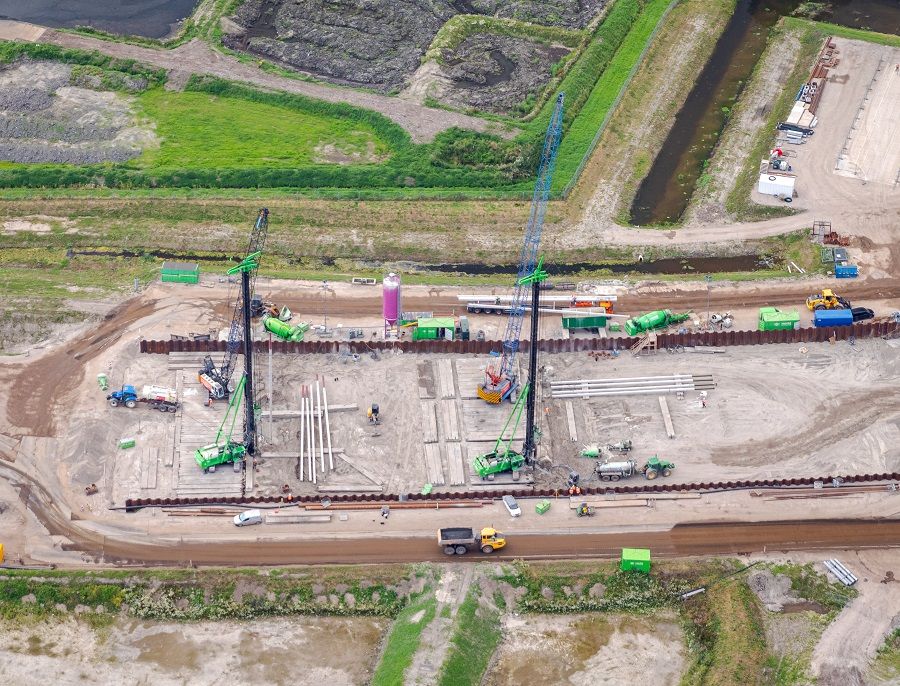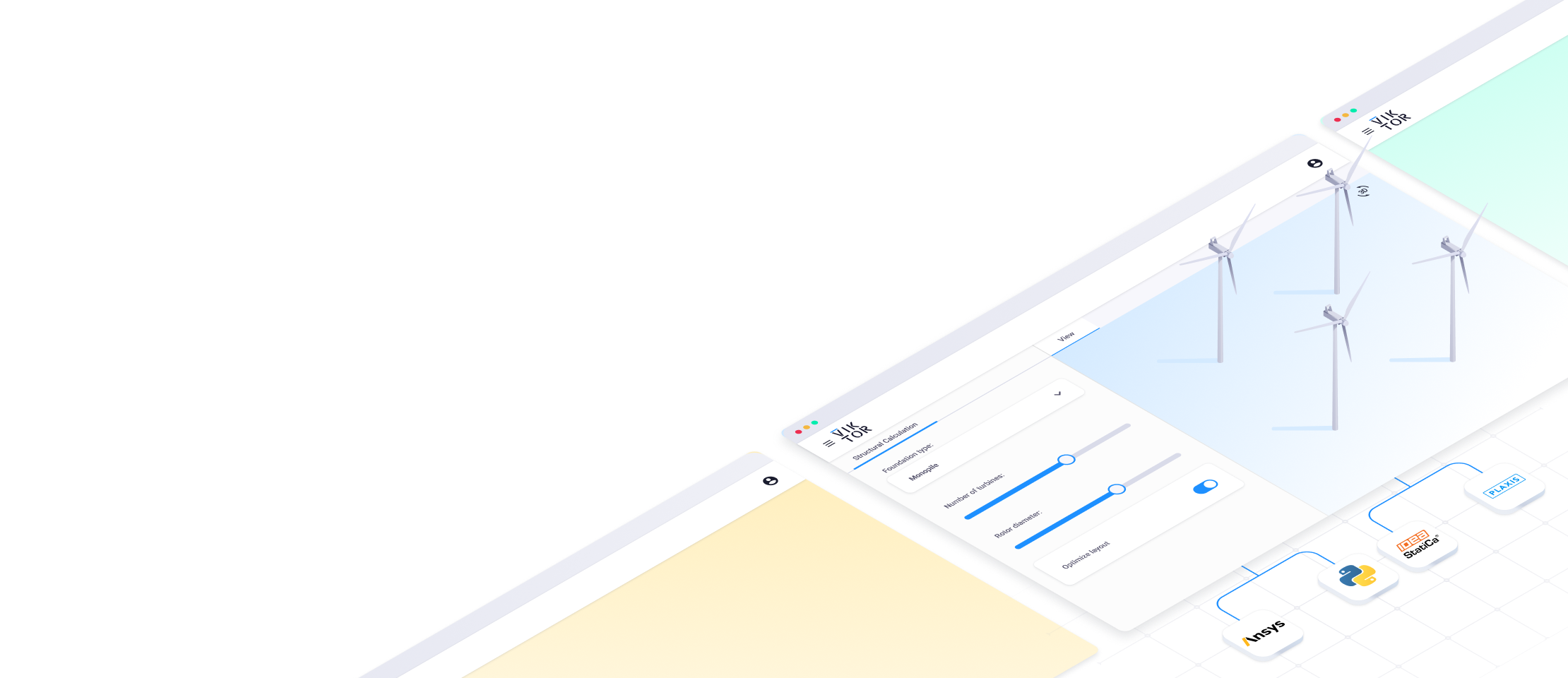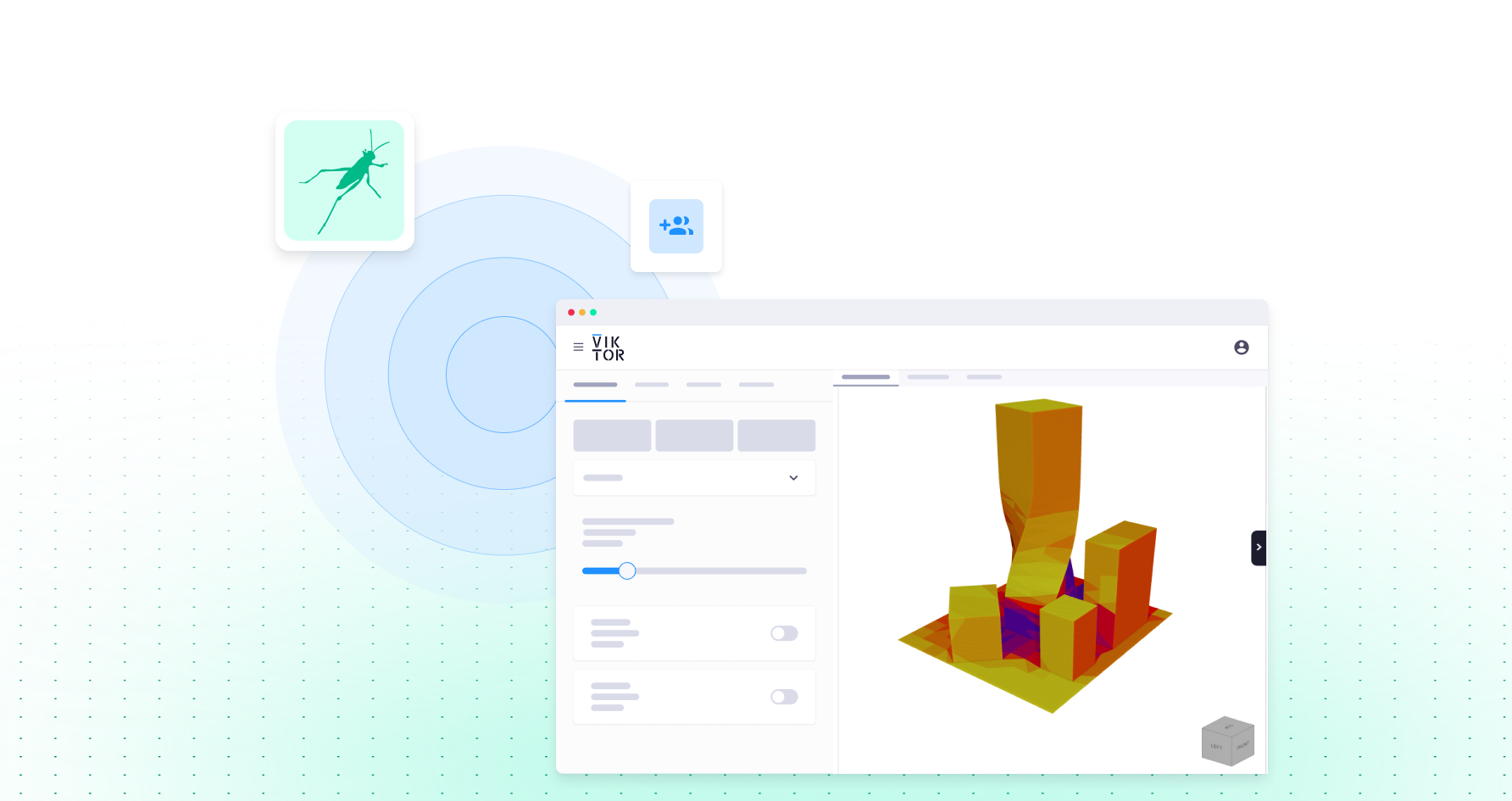Smart application contributes to a sustainable future of construction
by VIKTOR


Download the White Paper and get INSPIRED
Find how you can use AI automate engineering processes in your organization.
Automating and optimizing construction sites
By joining the design process from an early stage on, Voorbij is able to assists their clients by thinking along and optimizing results. BASE Foundation Technology (FT) plays an important role in this, as it is used to automate all kinds of processes on construction sites, from sketch design to execution, and functions as a database for logging all Voorbij’s project data. BASE FT currently consists of three pointers: The applications on the VIKTOR platform, Voorbij’s machinery, and the database. By applying Machine Learning techniques on this, Voorbij is able to predict, improve, and optimize future projects. Voorbij is also looking to expand this network by adding more external applications from other companies.
“It is important that BASE FT can be used to link other applications and disciplines to your processes” – Mark Remijnse, Head Sales at Voorbij Funderingstechniek
Contributing to a sustainable future
By now, it is no secret that AI can be used to analyse data and automate processes anymore. However, Voorbij is stepping up the game by using their VIKTOR application to optimize processes in such a way that it not only contributes to a more efficient way of working but a more sustainable future as well. Their application can for example be used to exactly calculate the number of materials needed, thus reducing material waste. Additionally, they can use the application to decrease the number of crane days and truck movements, speeding up projects and reducing fuels. Furthermore, the application can be used to generate the optimal design within seconds using as little construction material as possible, leading to both a reduction of production costs and CO2 emissions.
Great side-effects
Before, Voorbij’s design process consisted of a series of manual actions and designs were generated based on experiences. With their parametric design application on the VIKTOR platform, Voorbij is able to calculate and optimize designs within moments of time, leaving more valuable time to take on complex projects. Voorbij’s engineers are now able to share their knowledge, advise clients, and optimize design from an early stage on in the project. Because there is more capacity to optimize, Voorbij was able to use their application to reduce materials to their best extend. Thanks to this, they have already reduced CO2 emissions by more than two tons and lower construction costs as well. Beneficial for the client, for Voorbij themselves, and for a sustainable future!
“Before, we were mostly doing calculations. Now we are able to put a lot of effort on advising. You can use your cleverness and really add value to a project this way.” – Wiebren Koers, Geotechnical Advisor at Voorbij Funderingstechniek
Read more about Voorbij's work:
- Pile Foundation application 1.0
- Pile Foundation application 3.0
- Machine Learning to estimate drive time
Or see how you can build your own parametric design application with VIKTOR.



